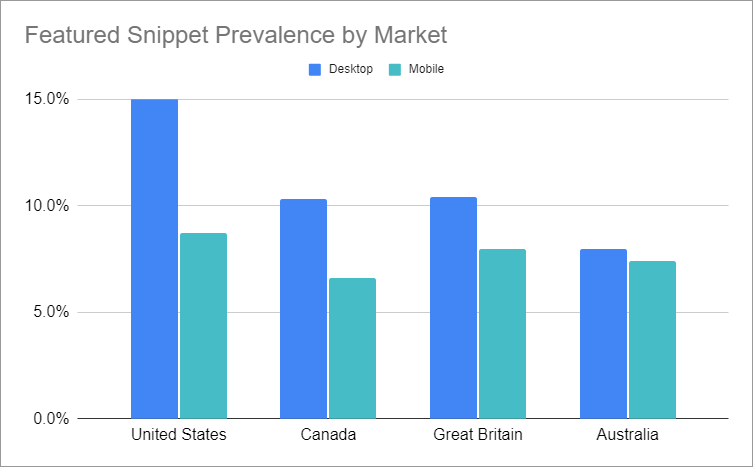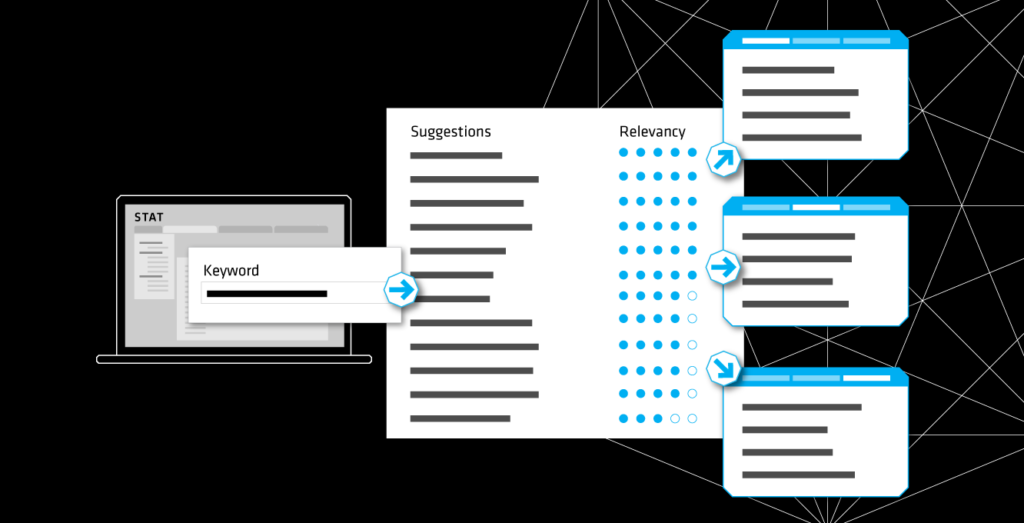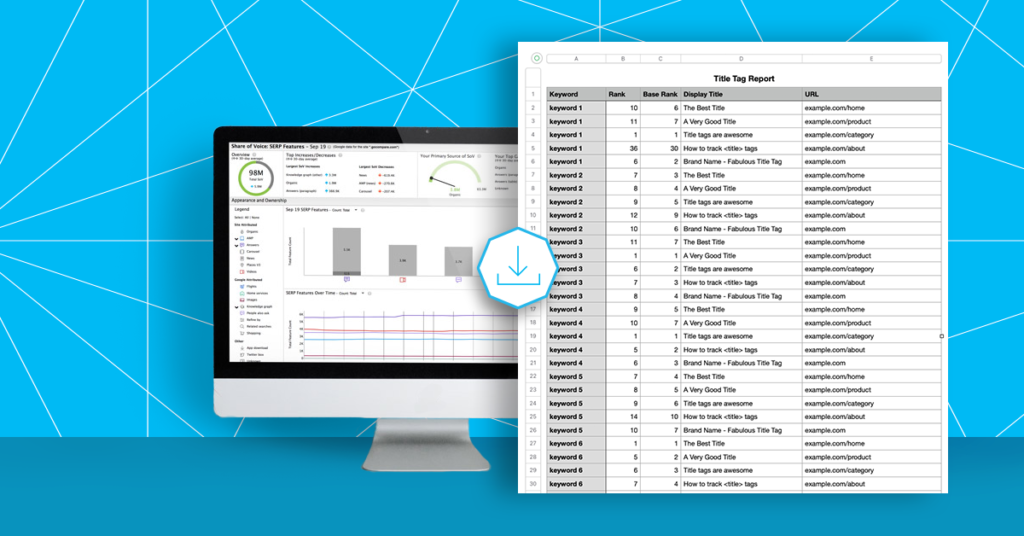As tracking and ranking for “position zero” has become a vital aspect of everyday SEO, we’re delivering the latest findings from 2021 (and more than 5 million keywords) on featured snippet prevalence, formats, and rankings.
A lot has changed since Google launched featured snippets in January of 2014. They’ve gone from a mere curiosity to a clear and lasting signal of Google’s intent to repurpose information and directly answer searchers’ questions.
Last year, Google announced that featured snippet URLs would no longer be duplicated in the subsequent organic rankings. This change had a significant impact on how we measure snippets and report rankings. For most tools, including STAT, featured snippets now count as standard organic results.
But that doesn’t mean you should ignore them. According to our research, in today’s SERP landscape, featured snippets appeared on about 11 percent of 5.5 million SERPs, and remain an important reality for all SEOs.
Featured Snippet Prevalence by Market
The current prevalence of featured snippets in STAT SERPs, by mobile vs. desktop, for four major markets (US, CA, GB, and AU).
In this whitepaper, we take a deep dive into what we know about featured snippets from 2021, especially digging into:
- How the featured snippet is now considered one of the traditional “ten blue links.”
- The stats on the current state of featured snippets.
- Which featured snippet formats dominated in 2021.
- The two distinct variants at play: double-snippets and snippet accordions.
- The prevalence of featured snippets for queries starting with the “six Ws” (Who, What, When, Where, Why, and How).
- If Google is still promoting featured snippets from rankings below the first result.
- The relationship between featured snippets and other SERP features.
Plus, we’ll consider what all this actually means for your SEO tactics, and show you general strategies for upping your game to win featured snippets in 2022 and beyond.
Featured snippets report: Prevalence, format, & rankings
Tell us a bit about yourself and we’ll send you the whitepaper by email right away.



